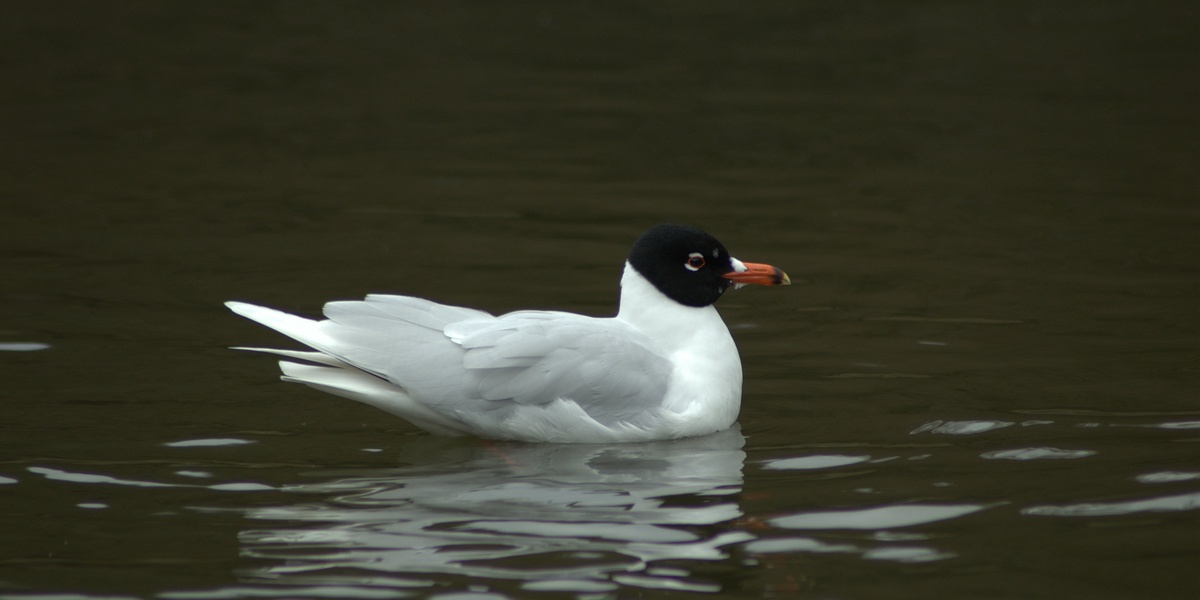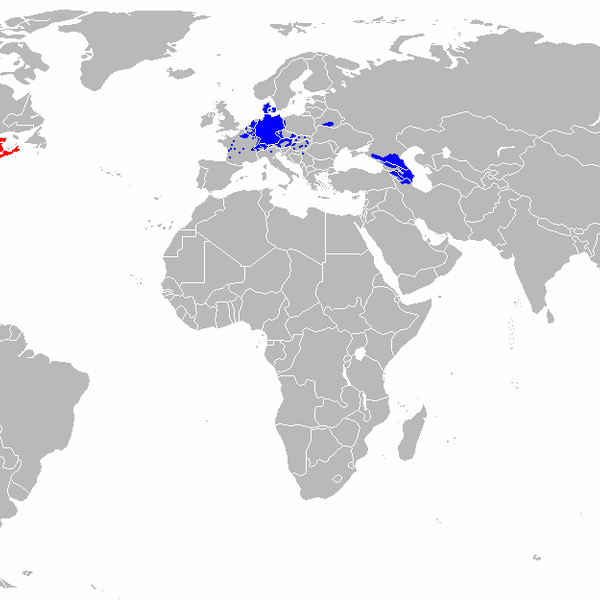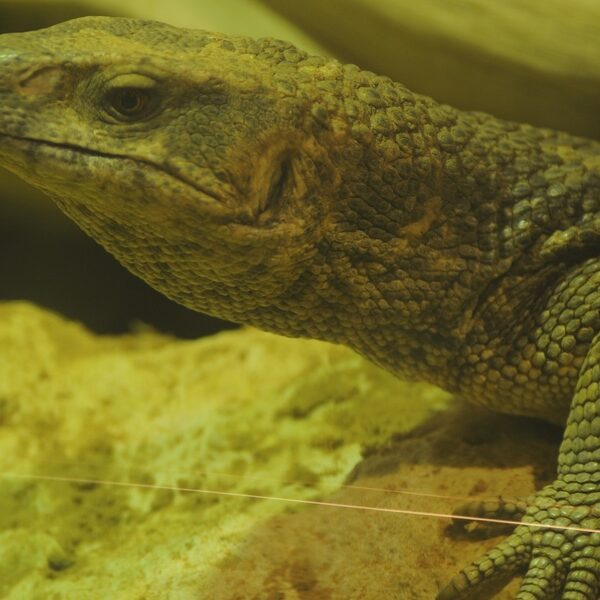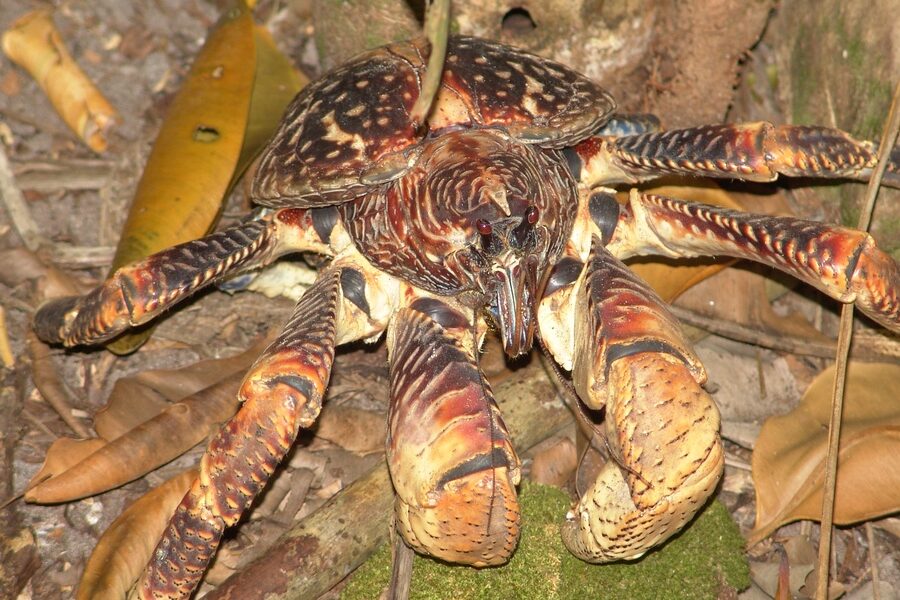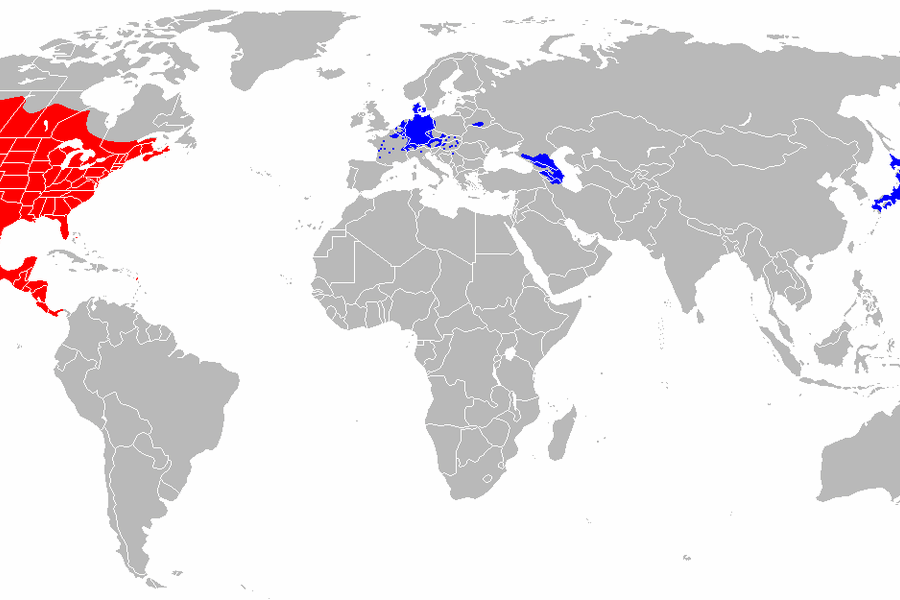Monaco’s compact coastline mixes high-density development with small but vital pockets of habitat—rocky shores, gardens, and coastal scrub—that support a surprising range of wildlife. A short walk or a binocular glance from a promenade can reveal birds, invertebrates, and other species adapted to the principality’s urban edge.
There are 19 Monaco’s native animals, ranging from the Blue tit to the Yellow-legged gull. For each entry, you’ll find below Scientific name,Habitat / where found,Conservation status (IUCN); this organization makes it easy to compare where species live and how threatened they are, and you’ll find below.
Are these species year-round residents or seasonal visitors?
Some are resident—small passerines like the Blue tit often stay through the year—while others fluctuate with migration and food availability; seabirds such as the Yellow-legged gull may be common year-round but concentrate at different sites seasonally. The Habitat / where found and Conservation status (IUCN) columns help indicate typical residency patterns.
How current and reliable is the information in the list?
The list compiles local observations, regional surveys, and IUCN assessments to provide a practical snapshot; however, population trends change, so consult recent field reports or local authorities for the latest updates and site-specific guidance.
Monaco’s Native Animals
| Name | Scientific name | Habitat / where found | Conservation status (IUCN) |
|---|---|---|---|
| Yellow-legged gull | Larus michahellis | Harbour, coastal cliffs, rooftops in Monaco | LC |
| Bottlenose dolphin | Tursiops truncatus | Coastal waters offshore Monaco harbour and Gulf | LC |
| Common octopus | Octopus vulgaris | Rocky seabeds, harbour walls and crevices nearshore | LC |
| Mediterranean moray | Muraena helena | Rocky reefs and harbour crevices near Monaco coast | LC |
| Dusky grouper | Epinephelus marginatus | Rocky reefs and protected seafloor near Monaco | EN |
| European anchovy | Engraulis encrasicolus | Nearshore pelagic shoals off Monaco coast | LC |
| Mediterranean mussel | Mytilus galloprovincialis | Rocky intertidal, marina piers and submerged structures | LC |
| Italian wall lizard | Podarcis siculus | Stone walls, gardens and rocky outcrops in Monaco | LC |
| European robin | Erithacus rubecula | Parks, gardens and wooded pockets in Monaco | LC |
| Blue tit | Cyanistes caeruleus | Gardens, tree-lined streets and parks in Monaco | LC |
| House sparrow | Passer domesticus | Urban streets, squares, parks and building eaves | LC |
| Great cormorant | Phalacrocorax carbo | Coastal waters, piers and rocky shorelines near Monaco | LC |
| Little egret | Egretta garzetta | Rocky shores, small coastal wetlands and harbour edges | LC |
| Common pipistrelle | Pipistrellus pipistrellus | Urban parks, buildings and crevices in Monaco | LC |
| Small-spotted catshark | Scyliorhinus canicula | Shallow rocky and sandy bottoms off Monaco coast | LC |
| Common cuttlefish | Sepia officinalis | Sandy and rocky seabed in coastal Monaco waters | LC |
| European sea bass | Dicentrarchus labrax | Coastal waters, rocky shores and estuarine zones near Monaco | LC |
| Rainbow wrasse | Coris julis | Shallow rocky reefs and seagrass edges near Monaco | LC |
| Greenfinch | Chloris chloris | Parks, gardens and tree-lined avenues in Monaco | LC |
Images and Descriptions
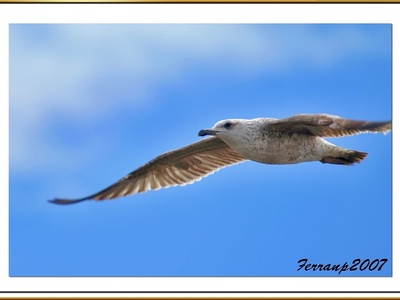
Yellow-legged gull
Large coastal gull (~55–65 cm). Common around Port Hercules and Larvotto beach; scavenger behaviour, often seen on roofs and jetties. Easily spotted year-round; notable for bold urban presence and loud, raucous calls.
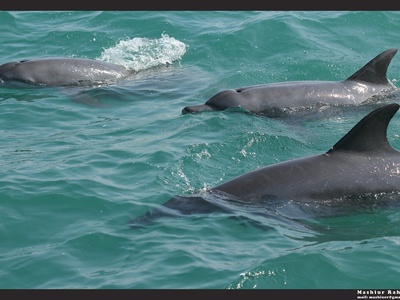
Bottlenose dolphin
Medium-sized dolphin (2–4 m) that frequents nearshore waters. Occasionally seen from the promenade or boat trips; playful, often surfacing in small groups. Notable for intelligence and regular coastal presence in the Ligurian Sea.
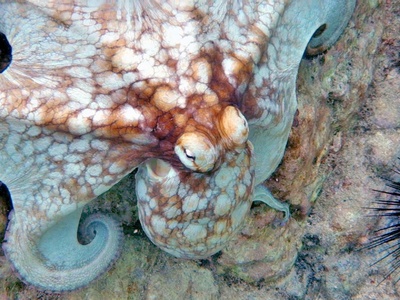
Common octopus
Armspan around 1 m, nocturnal predator that hides in crevices. Look for feeding signs on rocky bottoms or tide-swept harbour edges; notable for camouflage and problem-solving abilities.
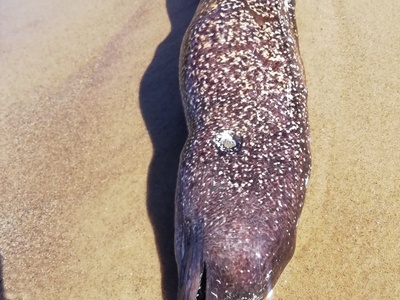
Mediterranean moray
Elongated eel up to 1–1.5 m, usually retreats into holes by day. Scuba divers may spot the head protruding from crevices; notable for its serpentine appearance and ambush hunting.
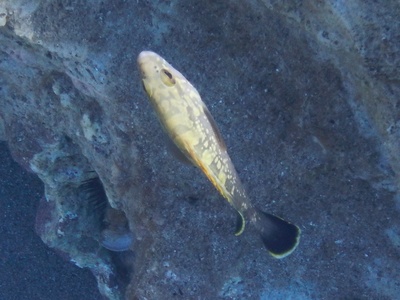
Dusky grouper
Stout reef fish up to 1 m; secretive and site-attached. Seen by divers on rocky bottoms around reserves; notable for long lifespan and vulnerability to overfishing.
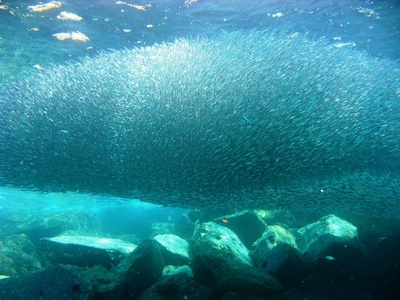
European anchovy
Small schooling fish ~10–15 cm that forms dense shoals near surface. Visible to anglers and from boats; notable as a key forage species in the Mediterranean food web.
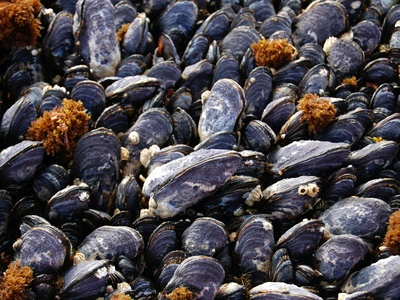
Mediterranean mussel
Bivalve up to ~10 cm, attaches to rocks and man-made structures. Common on harbour pilings; notable as a filter-feeder supporting water clarity and local food webs.
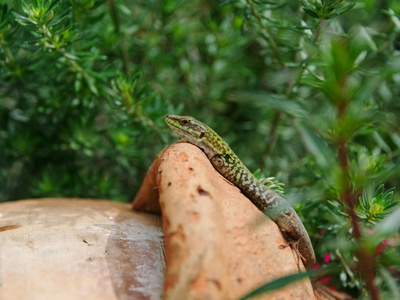
Italian wall lizard
Small agile lizard 15–20 cm including tail; basks on sunlit walls in parks and terraces. Quick and often conspicuous; notable for boldness around human habitats.
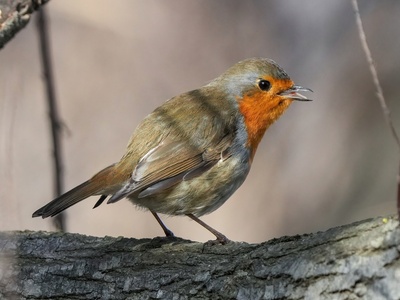
European robin
Small songbird ~12–14 cm with orange breast. Shy but often seen at garden edges and green spaces; notable for melodic song and year-round presence.
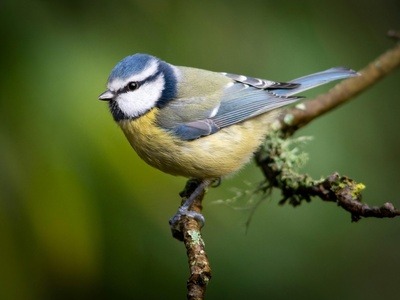
Blue tit
Tiny colourful bird ~10–12 cm, active in trees and shrubs. Visits feeders and blossoms in urban gardens; notable for acrobatic foraging and bright blue cap.
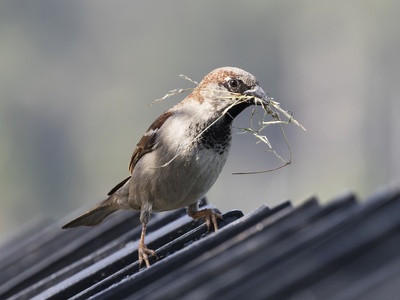
House sparrow
Small stout bird ~14–16 cm common around human habitations. Abundant in Monaco’s urban areas; notable for social flocks and association with people.
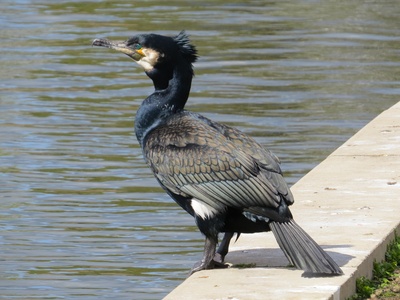
Great cormorant
Large black waterbird ~70–90 cm, often drying wings on jetties. Fish-diver visible from the waterfront and harbour; notable for deep-diving fishing technique.
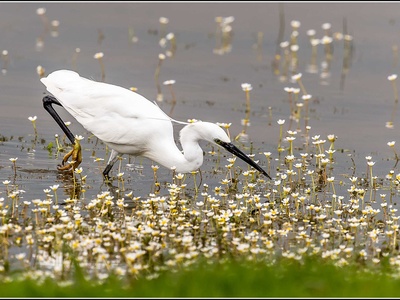
Little egret
Slim white heron ~55–65 cm with black legs. Wades shallow waters hunting small fish near harbour; notable for elegant plumes and poised stalking.
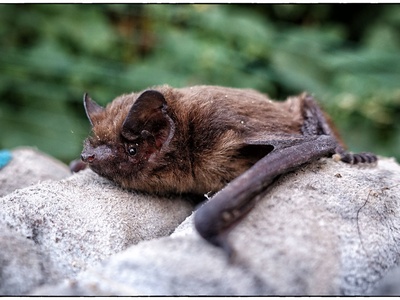
Common pipistrelle
Small bat ~3–4 cm body, emits ultrasonic calls. Active at dusk above gardens and promenades; notable for insectivorous feeding and frequenting city green spaces.
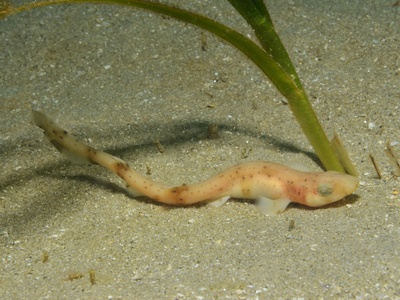
Small-spotted catshark
Small bottom-dwelling shark up to ~1 m with mottled pattern. Found by divers on seabed; notable as common, harmless benthic predator.
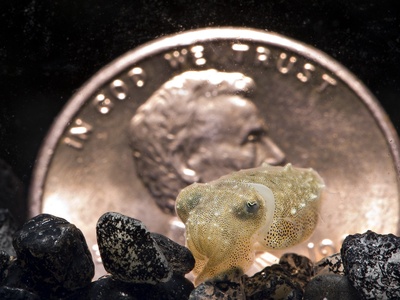
Common cuttlefish
Cephalopod up to ~50 cm; changes colour and texture. Seen by divers and anglers inshore; notable for rapid colour shifts and W-shaped pupils.
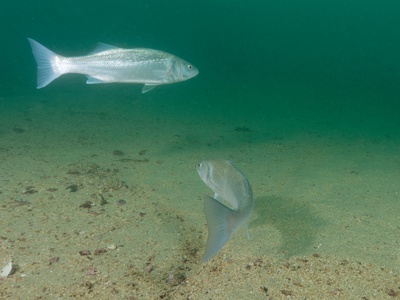
European sea bass
Predatory fish up to ~1 m that patrols nearshore waters. Anglers and divers may see individuals; notable as a prized local sport and culinary fish.
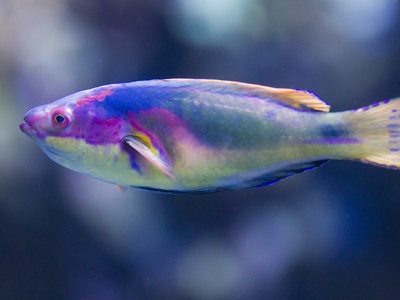
Rainbow wrasse
Colourful small wrasse ~12–20 cm, common on rocky reefs. Seen while snorkelling or diving; notable for vivid male breeding colours and reef-cleaning behaviour.
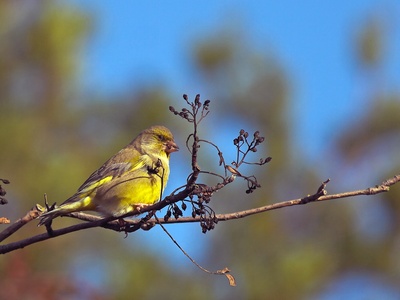
Greenfinch
Plump finch ~14–16 cm with olive-green plumage. Visits seeds and feeders in urban green spaces; notable for steady, reedy song and visible presence year-round.
